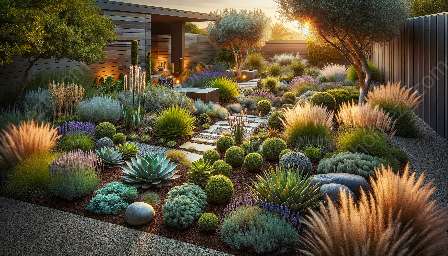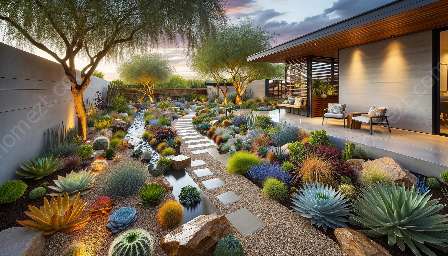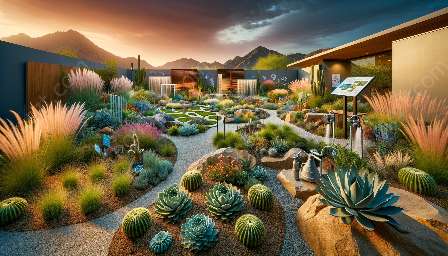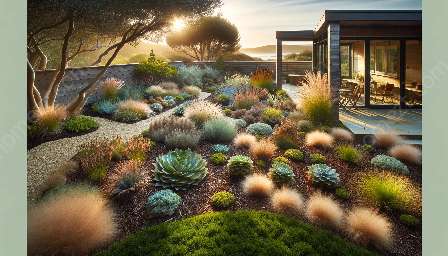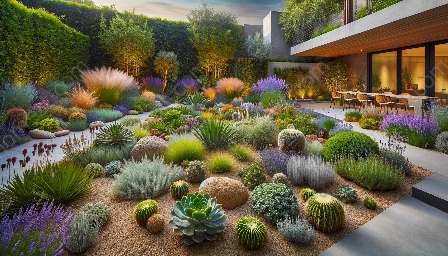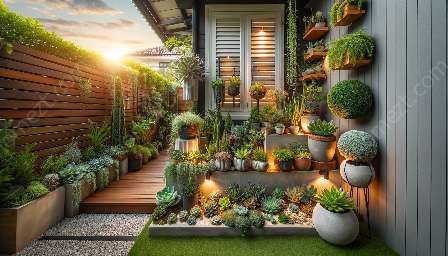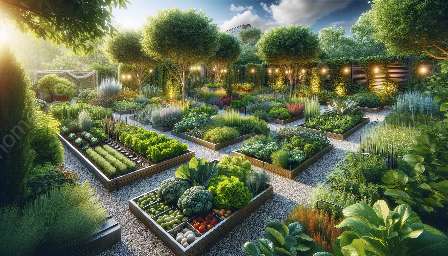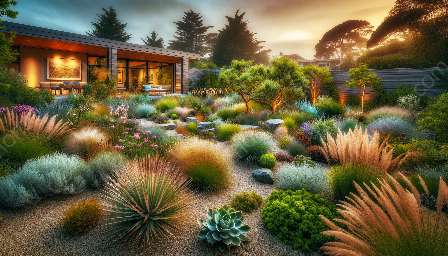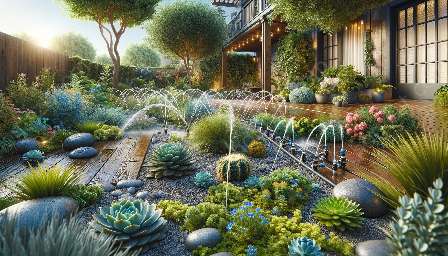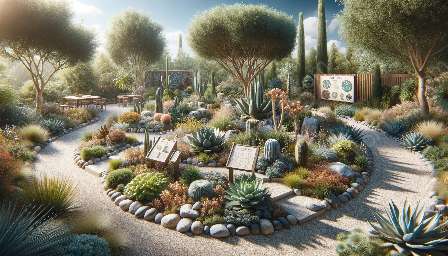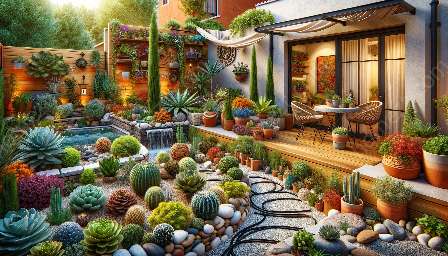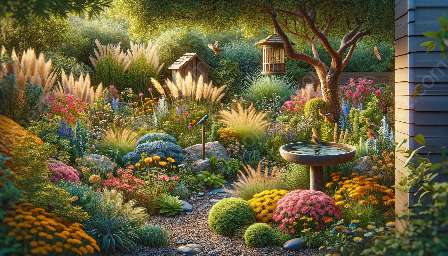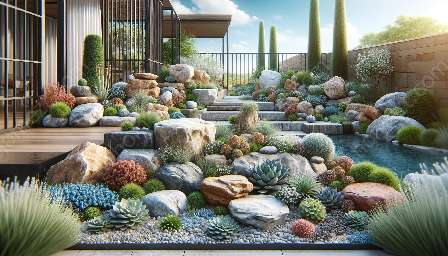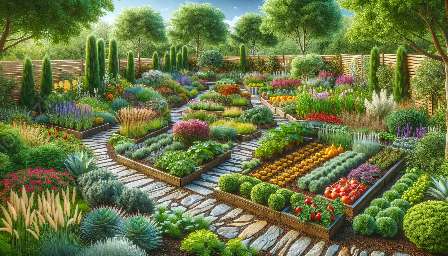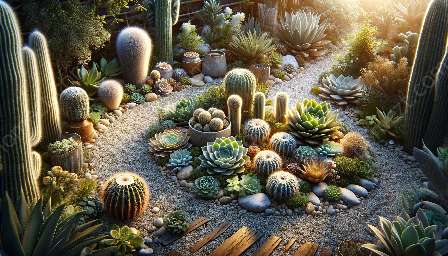Xeriscaping, a landscaping and gardening technique designed for water conservation, has gained popularity as environmental awareness grows. This comprehensive guide explores the principles of xeriscaping and provides a curated list of plants that thrive in xeriscapes.
Xeriscaping: A Sustainable Landscaping Approach
Xeriscaping, derived from the Greek word 'xeros' (meaning dry), involves designing a landscape that requires minimal water and maintenance. By using drought-resistant plants and efficient irrigation techniques, xeriscaping promotes sustainability in gardening and landscaping.
Principles of Xeriscaping
Before delving into the specific plants suitable for xeriscaping, it's crucial to understand the fundamental principles of this water-efficient landscaping approach:
- Water Conservation: Xeriscaping aims to reduce water usage by incorporating plants and design elements that require minimal irrigation.
- Drought-Tolerant Plants: Choosing plants adapted to arid conditions is essential for a successful xeriscape.
- Efficient Irrigation: Implementing drip irrigation, rainwater harvesting, and other water-saving methods is integral to xeriscaping.
- Soil Improvement: Using mulch and other soil amendments improves water retention and reduces evaporation.
- Low Maintenance: Selecting plants that thrive with minimal care contributes to the sustainability of a xeriscape.
Best Plants for Xeriscaping
When it comes to selecting plants for xeriscaping, it's essential to prioritize species that can thrive in low-water environments. Here are some popular choices:
Succulents and Cacti
Succulents, such as agave, yucca, and sedum, are iconic choices for xeriscaping. Their fleshy leaves and stems store water, making them well-suited to arid climates.
Native Grasses
Many regions offer native grasses that have adapted to low-water conditions. Examples include blue grama grass, buffalo grass, and sideoats grama.
Drought-Resistant Shrubs
Shrubs like Russian sage, lavender, and rosemary thrive with minimal watering and add texture and color to a xeriscape.
Perennials
Perennial plants such as blanket flower, black-eyed Susan, and purple coneflower are hardy and resilient, requiring little water once established.
Desert Trees
Trees like mesquite, desert willow, and Palo Verde are well-suited to xeriscaping, providing shade and visual interest while needing minimal irrigation.
Designing Your Xeriscape
With the selection of suitable plants for xeriscaping in mind, the next step is to design a landscape that maximizes water efficiency and visual appeal. Consider employing the following design strategies:
- Grouping Plants by Water Needs: Cluster plants with similar water requirements to streamline irrigation.
- Utilizing Hardscapes: Incorporating gravel paths, rock gardens, and dry riverbeds reduces the need for extensive watering.
- Layering and Mulching: Creating layers of plants and applying mulch conserves moisture and minimizes evaporation.
- Embracing Native Flora: Incorporating native plants contributes to the ecological balance and ensures suitability for the local climate.
- Smart Irrigation: Implementing efficient watering systems, such as drip irrigation and rain sensors, ensures that water is used judiciously.
Conclusion
Embracing xeriscaping offers a sustainable approach to gardening and landscaping. By understanding the principles and selecting the right plants for xeriscaping, individuals can create beautiful, water-efficient landscapes that contribute to environmental conservation.

